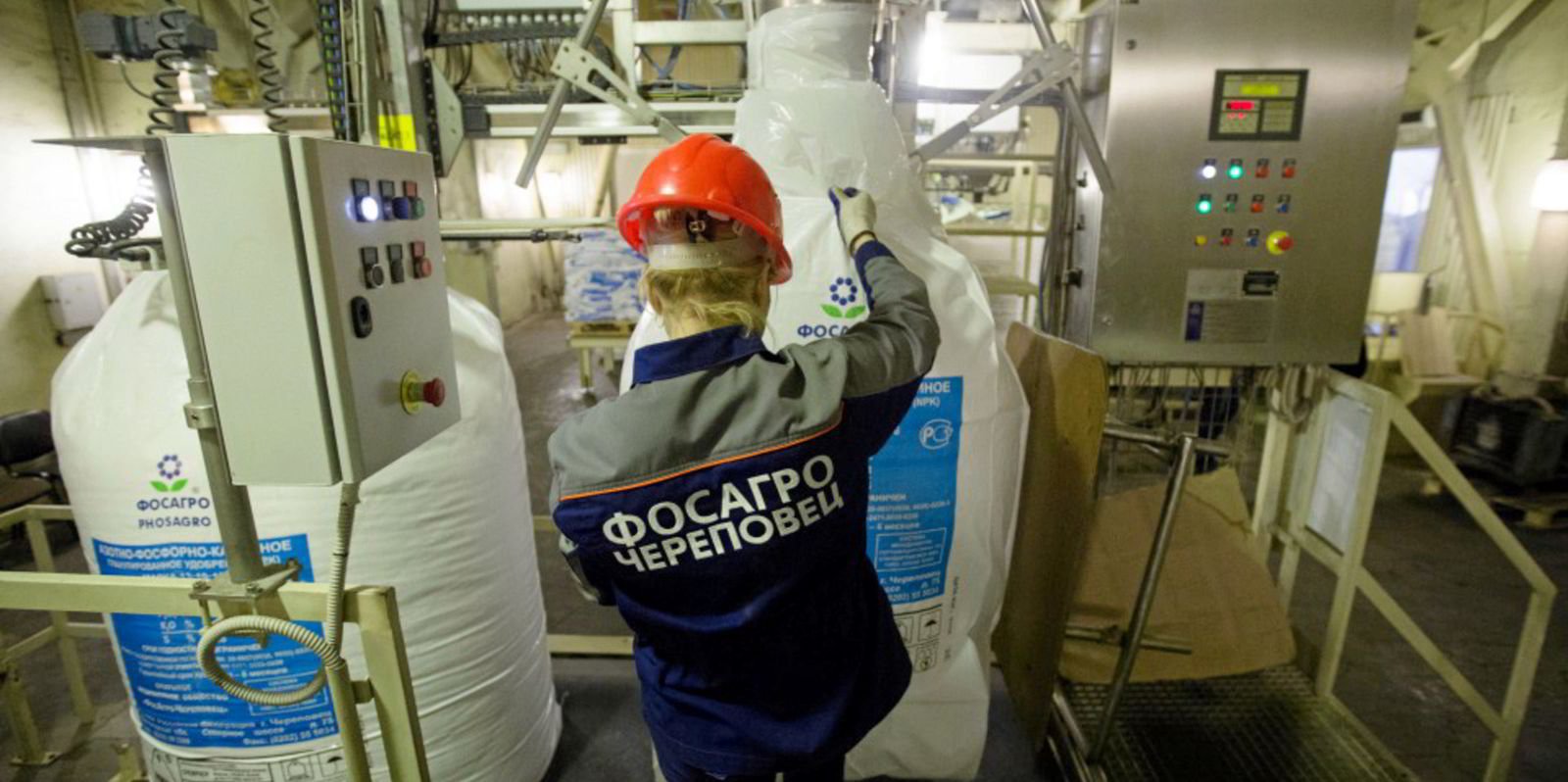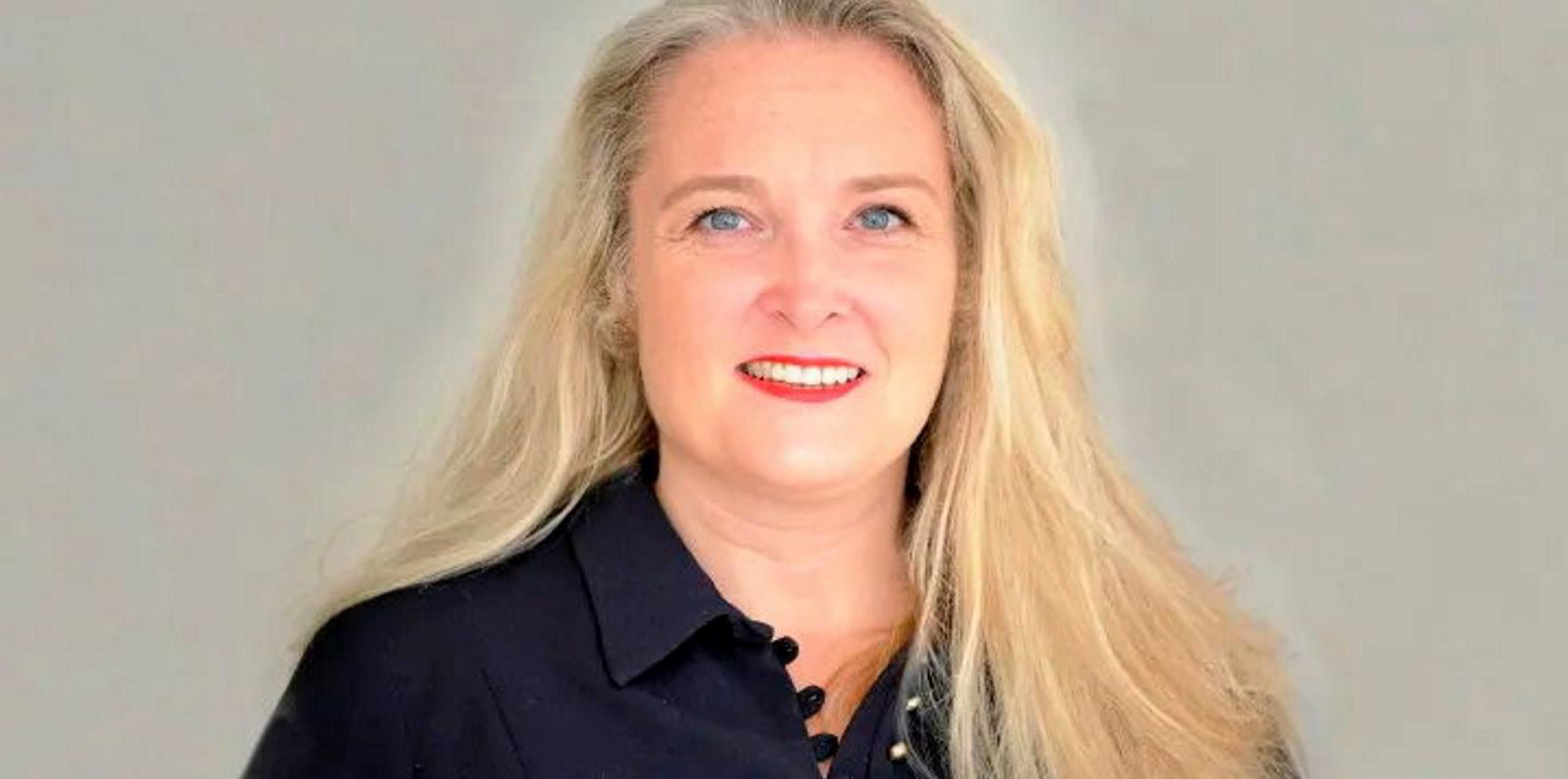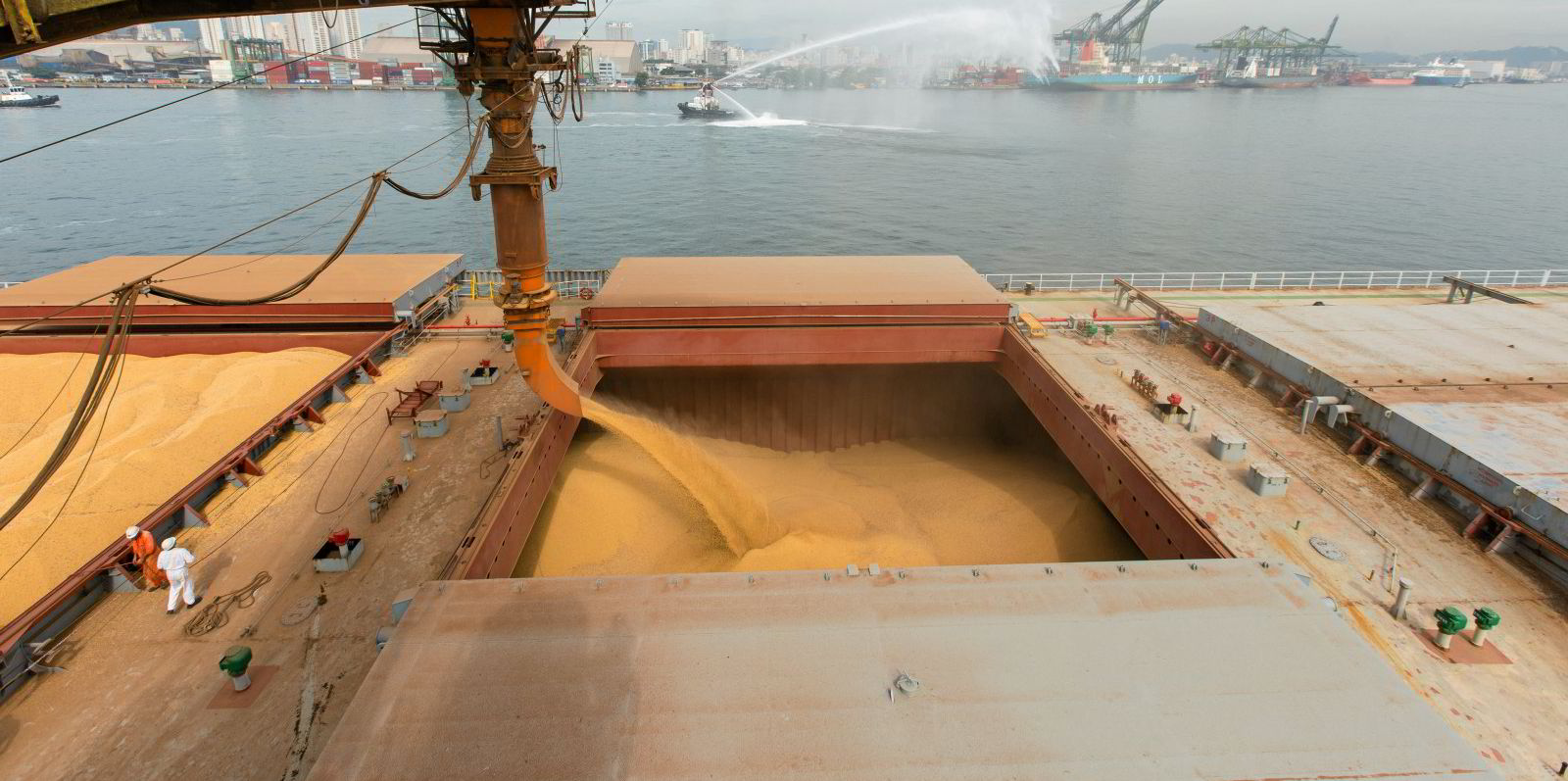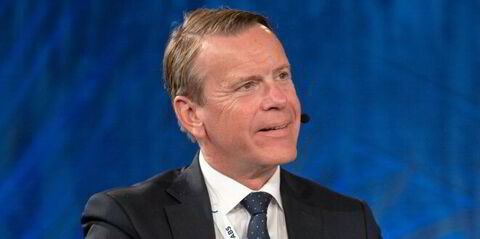Many shipowners are avoiding anything with even the remotest connection to Russia, which has sent the fertiliser market into turmoil — but bulker demand is faring better than expected.
Handysizes and supramaxes in the Baltic have, until now, been reliant on fertiliser volumes coming out of St Petersburg and Ust Luga in Russia. The halt in business has, therefore, had a massive impact.
“Even if the business is not sanctioned, no one wants to touch anything Russia-related,” one broking source said.
But all is not lost, thanks to the high demand for bulkers in other regions of the world. The real impact will be the effect on grain yields later this year, market sources said.
TradeWinds spoke to a chartering source at a shipowner usually active in carrying fertiliser from the Baltic. The company quickly decided to pull out of the business soon after Russia invaded Ukraine.
“We had one COA [contract of affreightment] which we decided to buy our way out of so we did not have to take the risk of (a) sending our own tonnage into Russia (b) indirectly supporting Russia (c) potentially facing huge premiums to persuade third-party owners to take our cargo on [a] time-charter trip — or voyage relet,” the source explained.
Buying its way out appeared to be more cost-effective than continuing the contract and facing higher risks to operations and future trades, he said.
It was considered to be a price worth paying, as rates for handysizes on the east coast South America-to-Baltic Sea route are this year expected to spike even higher than in 2021.
The substantial halt in the fertiliser trade has weakened the Baltic/European Continent and Black Sea/Eastern Mediterranean markets.
“However, northern Europe is having its head held above water still due to a lot of replacement origin from North Africa and Bulgaria, Romania, Israel and Spain,” the source said.
Booming demand for handysizes in the Pacific — particularly India, South East Asia and Australasia — has lent support to the eastern Mediterranean market.
Multiple fixtures have been seen over the past week for trips from the eastern Mediterranean, ballasting through the Suez Canal, loading in South East Asia for discharge in Europe, he added. “Far better value than fixing tonnage open in the Pacific,” the source said.
This is running down the list of open tonnage in the Atlantic. Owners with vessels available in the European Continent and Baltic region can afford — even with high fuel prices — to ballast to north Brazil, where freight rates are three times that in Europe, the chartering source said. Even ballasting to South East Asia is still an option.
The prevailing sentiment is positive, which is also powering an uptick in period fixtures done at rates higher than the current spot market, both for handysizes and supramaxes, according to a source at another handysize owner.
“There is a sense that there will be a general strong push in freight rates this year — the increase in tonne-miles will likely help,” the source said.
New demand
As Russian and Belarusian fertiliser becomes untouchable, new exporters are entering the market.
Venezuelan producers are returning to the urea market, and Iran and other Middle East Gulf load ports are becoming more active in supplying Brazil and US markets, sources said.
But Russell Thompson, managing director of trade data firm TradeViews, thinks the potash trade will be of particular concern going forward.
“The three leading potash exporters are Canada, Russia and Belarus — Russia’s partner in the war in Ukraine. The US Geological Survey estimates that Russia and Belarus accounted for 37% of global potash mine production in 2021,” he explained.
“Sanctions on exports from these two nations will only add to pressure on fertiliser prices and supply. Belaruskali, the state-owned Belarusian [potash miner], has declared a force majeure [on production due to the high price of natural gas].”
TradeViews estimates that the decline in trade from Russia and Belarus will equate to the loss in the employment of approximately 50 panamax vessels.
The current disruption to the seaborne fertiliser market will have a much greater impact in the future if short supply leads affect grain harvests, according to Thompson.
“Some fertiliser manufacturers have ceased production as being uneconomic. Lack of fertiliser supply and unaffordable prices look set to reduce crop yields and lead to grain shortages with poorer nations again hardest hit,” he explained.
Russia is one of the world’s top exporters of fertilisers. Close to 20m tonnes was exported from Russian ports in 2021, according to data from bulker tracking platform Oceanbolt.
The world’s top export port for fertiliser last year was the Russian port of Klaipeda, which last year exported 11.1m tonnes of the commodity.
Fertiliser cargoes are usually picked up by supramax and ultramax bulkers, but the trade is significant for handysizes too.
Some 1.1m tonnes of fertilisers have been loaded at Russian ports since the war in Ukraine began, according to loading data compiled by bulker tracking platform Oceanbolt. Just under 303,000 tonnes of this is currently bound for Brazil.





